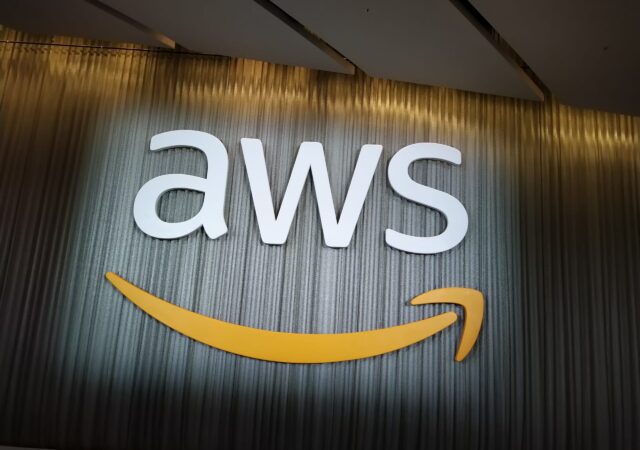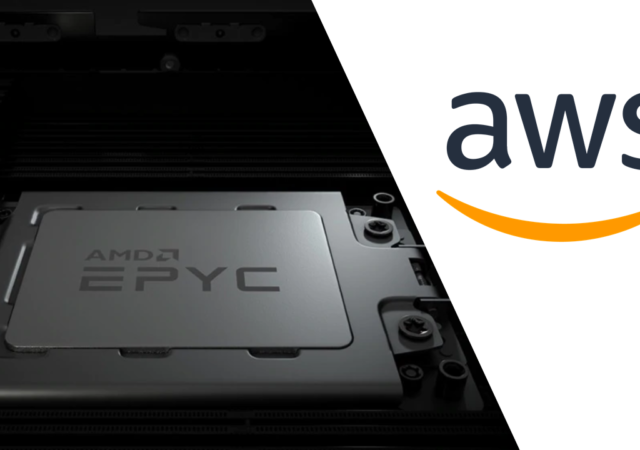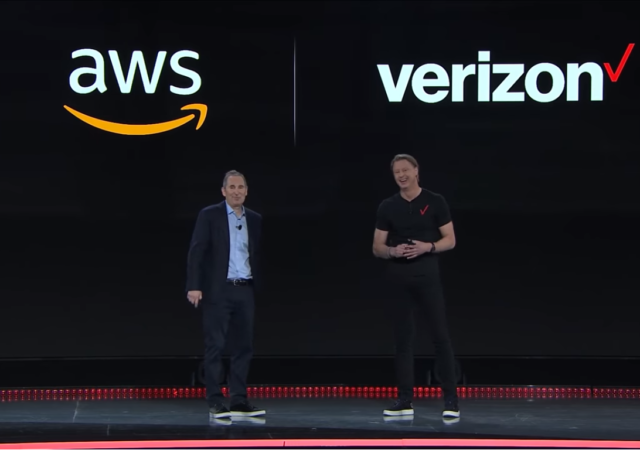In world that is rapidly undergoing digitalization, the skill required by employers are also rapidly evolving. Take a page out of Paul Chen’s book as he highlights some of the more important skills for cloud architects.
Discovering AWS Outposts with Paul Chen
techENT sits down with Paul Chen from Amazon Web Services (AWS) to talk about their new AWS Outposts solution.
AWS Outposts – Empowering Innovation & Low Latency Connectivity
AWS Outposts announced at the recent AWS Re:Invent brings a new definition to hybrid cloud for companies needing low latency connectivity.
AWS Outposts Makes It Way To Thailand & India
AWS Outposts makes its way to Thailand and India bringing the flexibility and adaptability of AWS cloud services to on-premises data centers supporting edge computing and hybrid cloud.
Amazon Web Services (AWS) Gets More EPYC with AMD Powered Instances
AMD announces the availability of a new ECC instance on Amazon Web Services (AWS) that delivers high performance compute capabilities powered by their 2nd Generation EPYC processors.
The Art of Enabling the Disabled
AI and ML are a big thing now. AWS is at the forefront of this technology.
The platform has allowed the tool to be more than just a predictive tool today.
Machine Learning in Sports: A Paradigm Shift in Progress
Data analytics, big data and machine learning are seeping into everything we do. Sports is one of the largest sectors looking at using machine learning to enhance performance and experience.
How ethical hacking can improve your security posture
The current landscape of cyber security has changed dramatically. Protection through conventional methods may not be too effective.
How blockchain technology is enabling new ways of doing business
Blockchain technology has caught the world by storm really. From cryptocurrency and security, the application of blockchain is plenty. It could revolutionalise businesses in the modern world though.
Amazon Partners With Verizon for 5G Edge Computing with AWS Wavelength
5G is fast becoming the norm in the tech industry as more countries see the rollout of their own 5G networks. Back at AWS re:invent, Amazon Web Services made a significant announcement, in partnership with Verizon, which made it the…












